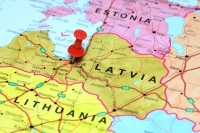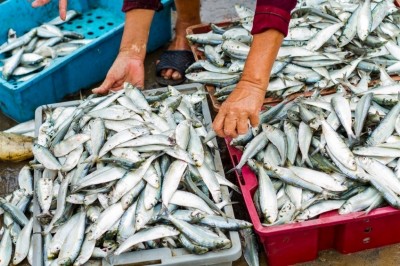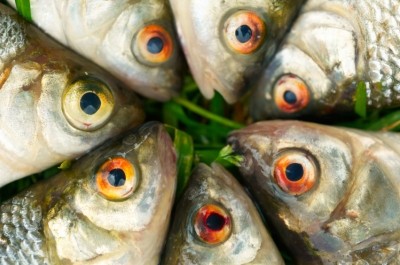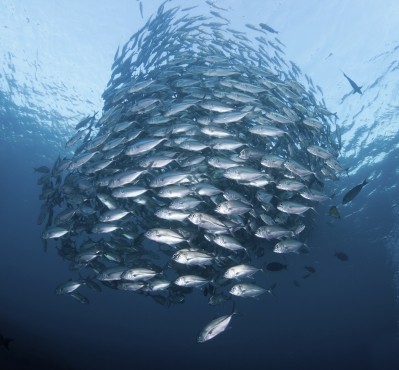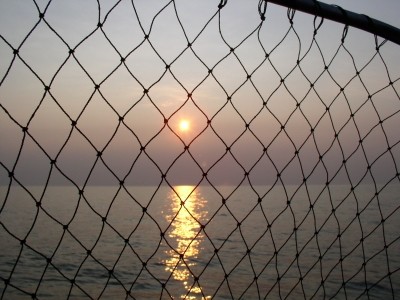Maximum sustainable yield frameworks need to be adaptive, Myfish concludes
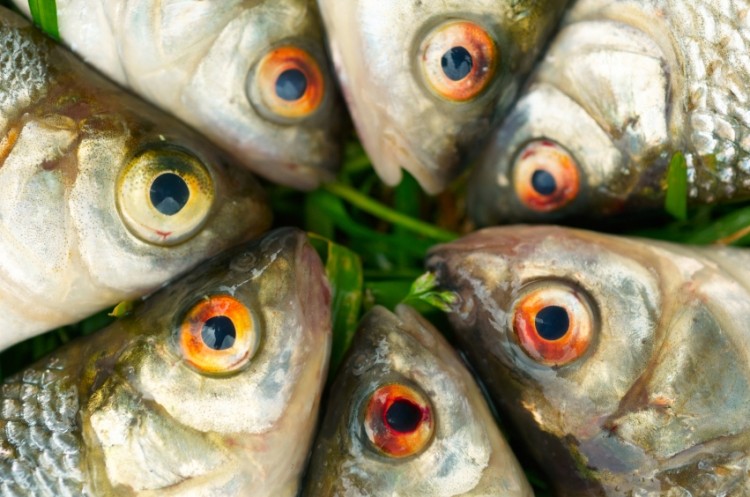
Fisheries management should avoid maximising yield to the detriment of ecosystems or social sustainability, the team added.
The €6.5 million project – full name: 'Maximising yield of fisheries while balancing ecosystem, economic and social concerns,' – was set up to tackle challenges of meeting the European Common Fisheries Policy’s (CFP) goals.

The CFP aimed to achieve maximum sustainable yields (MSY) in Europe by 2015 with full implementation by 2020.
Myfish found that one model cannot be used for all fisheries, which have different boundaries of what is sustainable. Implementation of the frameworks should be adaptive to suit variation in ecosystems, economy and social aspects of the country, as well as the nuances of individual fisheries, they said.
“Reaching this (CFP) goal is difficult because achieving MSY for one stock may affect the achievement of MSY for other stocks and compromise ecological, environmental, economic, or social aims,” the team wrote.
“Ultimately, we have provided more flexible advice on fisheries management in the form of a range of options which can satisfy different objectives rather than a single point, which leaves little flexibility to include considerations of economic and social consequences,” project coordinator Anna Rindorf told FoodNavigator.
Myfish’s recommendations come as Europe’s interests in sustainable fish gain momentum. Earlier this year, we reported that the number of certified sustainable fish products topped a record 20,000.
The framework
The proposed framework has four steps;
1. Problem framing – to identify which objectives are not being met, priorities and objectives for stakeholders in relation to MSY, possible trade-offs and setting out governance in the area
2. Reflection on options – looking at current data, modelling outcomes and relating them to various stakeholders and determining viable MSY variants
3. Implementation – addressing the resulting trade-offs of moving to new MSY variants
4. Evaluation – presenting the resulting management options to fisheries, gaging stakeholder reactions to MSY variants, reviewing and changing the options as needed
The framework was applied to the five European regions concerned in the Myfish project; the Baltic Sea, the Mediterranean, the North Sea, Western Waters and Widely Ranging Stocks.
“This served both to evaluate how broadly applicable the framework was across a range of different scenarios, but also allowed evaluation of progress within the case studies in this context,” the Myfish team said.
However, it has not yet been possible to test out the final step since the project finished before management was implemented.
Rindorf stressed that some challenges affect all fisheries, including climate change effects and the decline in previously abundant fish stocks, with low production of young fish in many popular species such as cod and herring.
Yet, some regions could feel the effects of capping fishing worse than others – therefore not meeting social and economic sustainability targets – which is why adaptable framework is needed.
For example: “Fisheries in southern Europe are challenged by the difficulty of rebuilding stocks and limiting fishing capacity in a region with few alternative income sources,” Rindorf said.
Myfish added that the fishing industry is keen to see the consortium implementing MSY without serious negative impact on fishing activities and fisheries-dependent communities while still achieving good environmental status (GES).
Food industry implications
Successfully implemented policies across fisheries could mean more predictability for the processing industry, Rindorf added.
“Several of our industrial partners have opted for catch stability as an important aspect, increasing predictability for the processing industry,” she said.
“If new multiannual plans follow the suggestion to retain considerations of stability, the dependent businesses will benefit from a more stable supply of raw fish.”
Sean O’Donoghue, chief executive of KFO, said: “Myfish has provided a sensible forum, scientific but not academic, where industry stakeholders can engage with fisheries scientists, economists and policy-makers to ensure MSY is implemented in a commonsense and workable format.”
